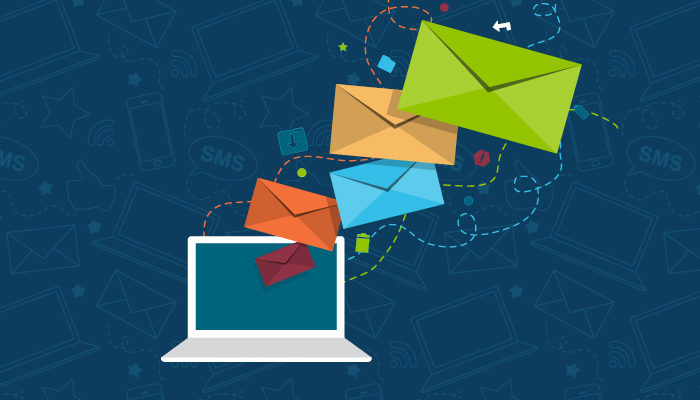When it comes to digital marketing, the best strategy is to meet your audience where they already exist online: their email inbox.
But wait, you might ask, isn't email marketing dead? It feels like email is a forgotten relic of communications technology. This could not be further from the truth: 73% of millennials prefer emailed communications from organizations, and 60% of consumers will subscribe to emails specifically for promotional deals.
In this article, we break down why email is the most effective platform for digital communications and the best practices you can adopt to breathe life into your email marketing strategy. These include:
- Automated Emails
- Segmenting
- A/B Testing
- Personalization
Despite or because of its age, email is the most relevant communication channel for consumers. A study by Statista showed that there are 4.1 billion email users worldwide in 2022. In the U.S., 58% of consumers check email first thing in the morning then proceed to check email multiple times in a single day. On average, emails reach 85% of their intended recipients.
When it comes to marketing your organization, email newsletters generate up to $44 for every dollar spent, which is a fantastic ROI. One of the biggest reasons for that high value is tracking and analytics. Most email marketing platforms come with an in-depth ability to track subscriber behavior. They don’t just show the open and click through rates—they’ll show which hyperlink was clicked the most, which campaign is bringing in the most revenue, and the user data for all subscribers.
Using this data is what makes email so effective. Through personalizing, segmenting your list, automating newsletters and A/B testing, you can increase the efficiency of your email marketing by sending targeted emails to all of your subscribers. And when your subscribers are receiving content relevant to them, they are more likely to engage with your organization.
Here is how these best practices work together to create an effective email marketing strategy.
Automated Emails
An automated email is sent out when a subscriber performs a specific action. The most obvious example is a welcome email sent after someone signs up for your organization’s email newsletters. Most automated emails tend to be transactional—think order confirmations or abandoned cart reminders. Automated emails customize a subscriber’s experience with your organization without a whole lot of effort.
Segmenting
Different members of your audience subscribe to your newsletter for different reasons. To make the most of that, it’s prudent to segment your list based on behavioral patterns and tailor content according to each segment’s habits. For instance, you can create a segment for people that clicked on event announcements during the past six months. These become the people that will receive event information in the future. A single subscriber can be part of one segment or multiple.
How you segment your list depends on what type of content you want to include in your email campaigns. Think about who would want to read the type of content you send before deciding to create a segment. If you are uncertain about how to go about things, there is always A/B testing to help you out.
A/B Testing
There is no one true strategy that guarantees success in newsletter marketing, unless that strategy is A/B testing. A/B testing lets you know which content your audience is more responsive to. To get more specific, you can test which segments interact the most with your content, the type of content specific segments prefer, and which content receives the least amount of engagements.
The trick to successful A/B testing is to always be experimenting, whether that is with subject lines, preview text, graphics or copy. A/B Testing is the way to determine what your audience likes.
Add Personalization
We’ve been talking about how to personalize a subscriber’s experience with your organization through email marketing, and you can take that a step further with personalization. Personalizing an email can be as simple as a “Hello, Name” or as complicated as sending a unique subject line to a segment. According to Coschedule, personalizing emails can result in 29% higher unique opens and 41% higher unique click-through rates. A personalized email is also less likely to end up in the spam folder.
By incorporating these practices into your newsletter strategy, you can create a subscriber list that is engaged and tuned into your organization’s message. If you need assistance implementing any of these best practices, the marketing experts at Greenleaf Media are here to help. Email This email address is being protected from spambots. You need JavaScript enabled to view it. or call us at 608-240-9611 to get in touch.
